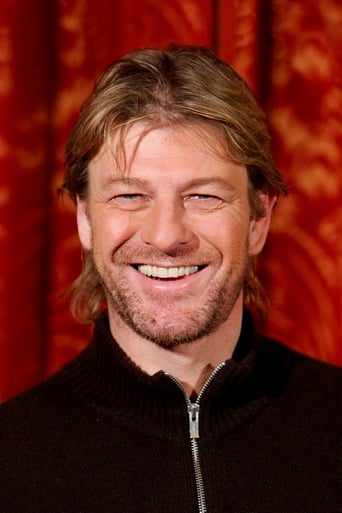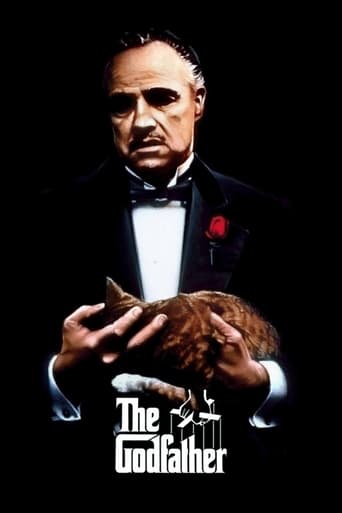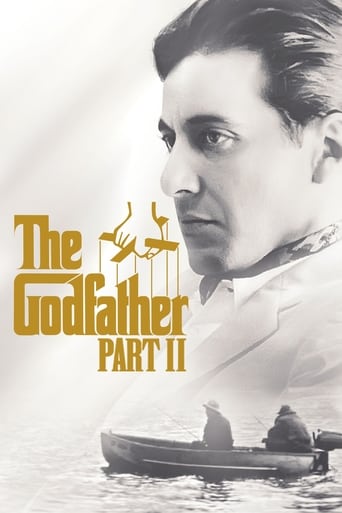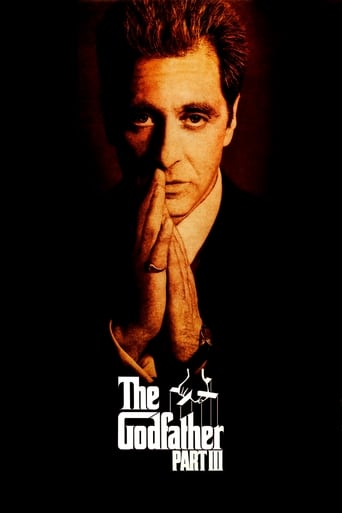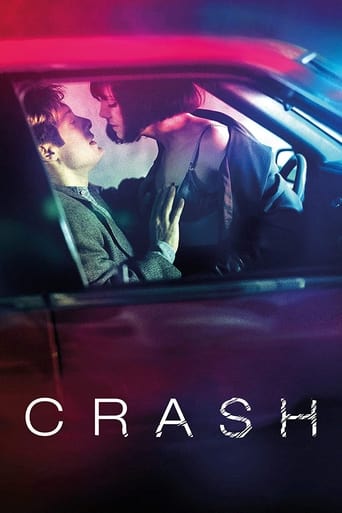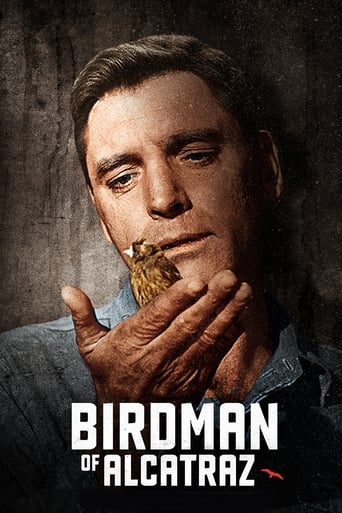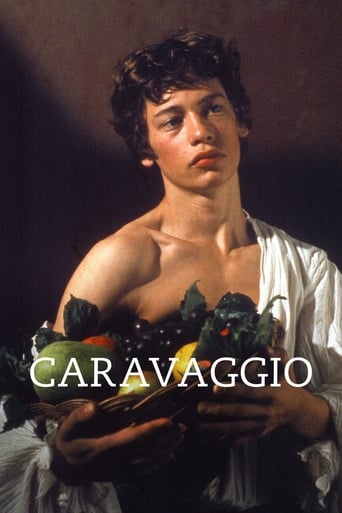

Caravaggio (1986)
A retelling of the life of the celebrated 17th-century Baroque painter Michelangelo Merisi da Caravaggio through his brilliant, nearly blasphemous paintings and his flirtations with the underworld.
Watch Trailer
Cast


Similar titles
Reviews
It was only after the first ten minutes I realised it was a biography, and then another thirty minutes to notice the significant style of the film, and I was pleased I watched it. Basically, in the 16th Century in Italy, there was Baroque painter Michelangelo Merisi Da Caravaggio (Nigel Terry), and this is a fictionalised (for the latter amount) of hoe he created some of his greatest works. The film begins with Young Caravaggio (young Dexter Fletcher) creating his first works, including self-portrait styled Young Sick Bacchus, before moving to his adult days where he became a highly regarded Renaissance painter, including many erotic works of art. It sees his relationships with models Ranuccio Thomasoni (Sean Bean), who posed in his paintings of St. John, and Lena (Tilda Swinton), the three caught in a love triangle (experts aren't sure whether Caravaggio was gay or bisexual). Caravaggio also dabbles in prostitution, and uses these prostitutes, drunks and people on the street to create some of the most magnificent pieces, all oil paintings on canvas. All this goes on until the point where he is forced to murder Ranuccio with a knife in the neck, and he dies of severe illness in 1610, with his best friend Giustiniani (Nigel Davenport) by his side. Also starring Garry Cooper as Davide, Spencer Leigh as Jerusaleme, Robbie Coltrane as Scipione Borghese, Michael Gough as Cardinal Del Monte and Jonathan Hyde as Baglione. Firstly I'll start with mentioning the brilliant art pieces featured in the film, most being religion and mythology themed, they included: Medusa (I instantly recognised it), Amor Victorious (the naked angel) and Entombment (the final piece featured). Terry excels in the leading role of the artist, Bean and Swinton as the smitten couple who connect with him are really good, and there is a great supporting cast, but what I loved most about this biopic was that it didn't stick to the conventions of period like your supposed to. Even though it is meant to be the 16th Century, the film slips in some small background and foreground modern day things, i.e. deliberate anachronisms e.g. tuxedos, calculators, cars, Christmas lights, magazines, typewriters, motorbikes, swearing and much more besides, that manage to fit themselves in the scenes they feature. I believe this technique and style is called "Mise En Scène" (which I looked at a little in Film Studies), it is a (brush) stroke (LOL) of genius by accessible director Derek Jarman, and this absolutely deserves its place as one of the 1001 Movies You Must See Before You Die, it is a brilliant non-conventional biographical drama. Very, very good!
Michelangelo Caravaggio was an important Italian painter who led a short, tumultuous life. He surrounded himself with earthy street people who became the models for his paintings.If you're looking for a biopic about the life of Caravaggio, look elsewhere. This chaotic and bizarre interpretation of his life by avant-garde director Derek Jarman is like seeing art history on a bad acid trip. The story opens well enough around the year 1600, and I thought I was seeing things the first time I saw someone in a 20th century tuxedo. I scratched my head at the calculator, but the motorbike and truck were too much. The use of anachronistic images and odd sound effects (trains, crashing ocean waves) was too jarring and distracting for me. There is little dialogue and the narration was incomprehensible. As a fan of Caravaggio's work, I did enjoy the scenes that showed models posing for his famous paintings, but the rest - a montage of unrelated scenes showing his depraved lifestyle - was just distasteful and speculative. I learned nothing of the man and more about the director.Tilda Swinton made a memorable screen debut in the puzzling role of a young street woman and a very young Sean Bean is interesting as her companion, but Nigel Terry was a confusing and off-putting Caravaggio. Not recommended.
Jarman's filmic imagery is beautiful, VERY Caravaggiesque. And - like good jazz, where a soloist improvisor may play snippets of other, well-known tunes in his/her improvisation - contains scene quotations from great works of art by others NOT Caravaggio. No one has yet mentioned the obvious take on Jacques Louis David's "Death of Marat," nor Jan Vermeer's "Girl with a pearl earring," which are the most obvious to me. There may be others. I'll have to watch it again more closely to see.This is a strange and wonderful film with many anachronistic jolts and some marvelous acting. When Tilda Swinton looks directly into the camera (making me swoon), she presages her doing so many times three years later in "Orlando."If this film is to your taste, then see Julie Taymor's "Titus" - her take on The Bard's Titus Andronicus.
One explanation for the anachronisms in this movie can be a way to stop the viewer from falling into a pure passive state of mind and forcing the mind to think "What's happening?" raising awareness ... and Jarman was a supporter of early TOPY (Temple Ov Psychic Youth) that created Coum Language with this goal. Derek Jarman does an amazing visual transformation with Lena (Tilda Swinton) that really stunned me, it's one of the most beautiful portrays on movies. In my mind the question remains why did Caravaggio killed Ranuccio Thomasoni? Carvaggio's broken heart from what? Was he beginning to love or did he just felt betrayed enough to kill Ranuccio? Maybe Caravaggio did fell in love with Lena's image (that was mostly is own creation).



